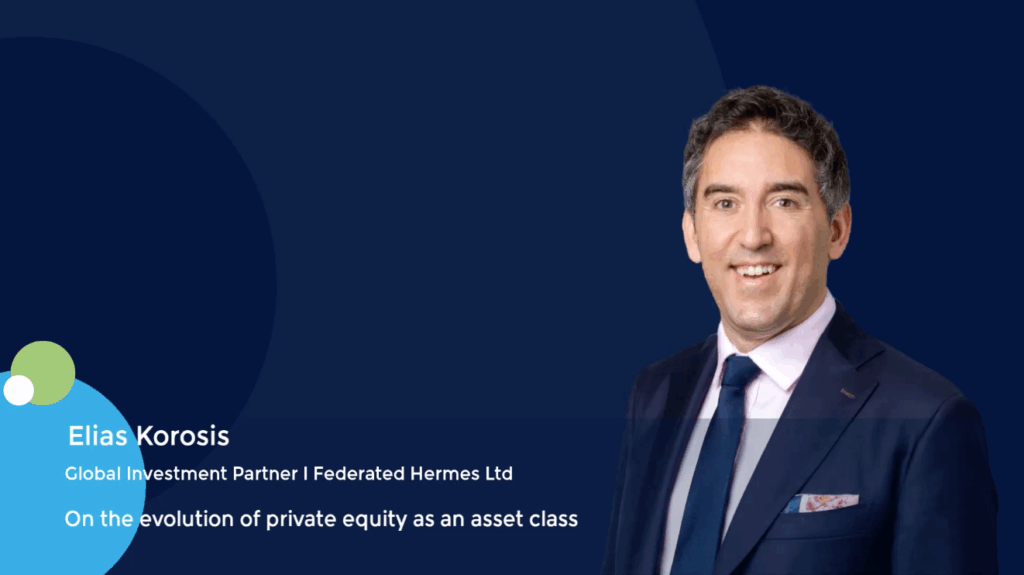Asia private equity 2025 preview: Buyouts
Assessments of the prospects for large-cap investment activity in Asia over the next 12 months inevitably splinter along geographical lines. At one end of the spectrum, Japan and India are very much in demand. At the other, anything China-related is not. Other markets sit somewhere in between, with sentiment contingent on sector, strategic angle, and global macro outlook.
Lurking behind these dynamics, there is a sense that 2025 will be an improvement on 2024, which has seen USD 68.4bn in buyout volume to date, compared to USD 77.2bn a year earlier.
“If asked in December 2023, I would have been confident that 2024 would see a pick-up in activity. I am equally confident that 2025 will see a pick-up, and to some extent for the same reasons,” said Lars Aagaard, a managing director and head of Asia financial sponsors at Jefferies.
“There is so much pressure in the market, with new funds raised and those thinking about fundraising needing to generate DPI [distributions to paid-in]. You would expect these conditions to lead to more activity.”
Australia will be Asia’s leading buyout market in 2024 with a 31% share, ahead of China on 20%. It’s worth noting that these geographies are responsible for the region’s two largest buyouts. AirTrunk and Newland Commercial Management make up three-quarters and nearly two-thirds of the Australia and China totals, respectively. Without them, the year-on-year gains would be wiped out.
Strangely, the only two major Asian geographies to see a decline in buyout activity from 2023 – Japan and India – are those where sentiment is most bullish for 2025. Financial sponsors and advisors are united in their assertion that they’ve never been busier in either market.
Michael Kim, founder of MBK Partners, recently told AVCJ that the most viable places for a buyout investor to put a USD 500m equity cheque to work are Japan and South Korea, with India yet to transition from minority to control. While increased competition and rising prices are a concern, Japan still stands out for its ability to generate returns and reliable buyout infrastructure.
“You can trust the legal system to get your contracts enforced; you can trust the financial disclosures when running due diligence on a company; you can trust policymakers in that there’s no official corruption; and you can get leverage. That allows GPs like us to utilise all the tools in our value creation toolbox. Japan is really the closest thing we have in Asia to the US market,” Kim said.
Willing lenders
This speaks to a broader preference – endorsed by multiple LPs – for developed Asia, or Japan, Australia, and Korea. Moreover, on the debt side, there is ample appetite to provide leverage in support of these buyouts. Anticipated interest rate cuts are helping fuel this fervour.
“It feels like some of the pressure is starting to come through to corporates, but as base rates come down, there will be more capital available to invest in growth initiatives. That could lead to more bolt-on M&A or full sales, or it could just give people more confidence in the outlook,” said Peter Graf, head of sponsor direct lending for Asia at Ares Management [NYSE:ARES].
Daniel Abercromby, a partner and member of the finance practice group at Gibson Dunn, believes “the fundamentals are in a completely different place” to 12 months ago. Elections have removed a degree of political uncertainty, the long-term price of debt is going down, and pools of capital that were previously priced out of the market are looking more attractive again.
This is a reference to private credit solutions, which offered financial sponsors an extra 1.5x of leverage and greater covenant flexibility – if they were willing to pay a bit more. Once interest rates started rising in 2022, it soon became apparent they were not. Outside Australia, which has plentiful sources of private credit, relatively conservative bank financing took precedence.
“GPs were putting in bank financing with a view to refinancing in a couple of years or doing all-equity deals to bridge the period. Others decided they didn’t need the incremental flexibility or leverage and just did long-term bank deals. The unitranche market largely fell away but now there is a lot more interest,” said Abercromby.
At the same time, leverage multiples are on the rise again. Having previously settled for 3x-3.5x – partly in response to elevated pricing – sponsors are now able to secure up to 5.5x from banks and 6.5x for unitranche, Abercromby added, noting sizeable variations by geography and sector.
Manas Chandrashekar, a partner and co-head of the Hong Kong debt finance team at Kirkland & Ellis, cited the same peak multiple for a bank deal, with a standard range of 4x-5x. Rising competition among Asian banks is largely the reason.
Chandrashekar pointed to EQT Private Capital Asia’s GBP 2.2bn (USD 2.8bn) acquisition of UK-based Keywords Studios, which was supported by over USD 1.1bn in debt provided entirely by Asian banks – a first for a UK take-private deal. “A lot of money can be deployed in the right opportunity,” he added.
Mixed messages
In the middle of the geographical spectrum, industry participants identify various pockets of opportunity: Hong Kong take-privates, select China deals involving businesses with regional footprints and zero exposure to regulation-sensitive sectors; carve-outs and take-privates in Korea as activist investors start to make their presence felt; and resilient Southeast Asian companies.
Nevertheless, sentiment can prove brittle, especially when PE is the seller. Aagaard of Jefferies observed there are assets in Southeast Asia that have been held for extended periods and may now come to market as market conditions change or new investment teams look to clean up portfolios.
Xuong Liu, a managing director in the global transaction advisory group at Alvarez & Marsal, warned that – despite the impetus to transact after two years of relative inertia – financial sponsors are haunted by the ghosts of failed processes. With an estimated 80% of initiated deals regionwide not making it to the finish line, no one wants to be the first to try again.
“Think of all the reasons why people aren’t committing capital, plus the herd mentality in private equity and the fear of catching a falling knife,” said Liu. “The more broken processes you have, the more reluctant sponsors are to relaunch, even for assets that two or three years ago would have transacted. It becomes a self-fulfilling prophecy.”
India is the exception to the rule by virtue of its robust growth outlook, positioning as a natural beneficiary of the redirecting of capital away from China, and runaway public markets.
Several industry participants suggest the frenzy could finally be easing, which could benefit private equity buyers. PAG’s recently announced USD 1bn acquisition of Manjushree Technopack, for example, came after an IPO filing was withdrawn. The lingering question is how much longer the aggressive valuation environment will persist.
“The Indian equity markets are expected to remain robust, and we find that PE investors are comfortable underwriting exit multiples close to or at a slight discount to their entry multiples,” said Christopher Laskowski a managing director and head of Asia investment banking at Jefferies.
“That said, we are picking up more sell-side mandates, and if I were an investor I would be opting to take chips off the table sooner with a trade sale than later via the public markets.”











